“It’s a formula which was used in the AC Cobra in the 60s, and became increasingly popular during the 70s: European coachwork with US muscle,” says Tim Schofield of Bonhams. The British auction house will auction this Gulf-liveried Pantera (painted by the previous owner to match his GT40) later today, but it has already had recent success with its predecessor, selling a Mangusta for a world-record £203,100 a few weeks ago. “Mangustas were produced in the hundreds, whereas production of the Pantera spanned a 20-year period,” Tim says. With over 7,000 built, the Pantera sits within a significantly lower price bracket. He continues: “It’s ticking a number of boxes for people who’d like to own one of the earlier supercars.”
Many will be familiar with the complaints regarding the Pantera’s build quality, but that shouldn’t prevent the purchase of the car as a classic. “By now, many of these cars will have gone through the restoration process, and problems which they might have had when new will have been ironed out by now, if the work has been undertaken by the right specialist,” says Tim. “Let’s not forget: it was the early Seventies, it was in Italy, and whether it was a Fiat or Ferrari, we all know about the issues with the metals used during that period.”
A future fancy?
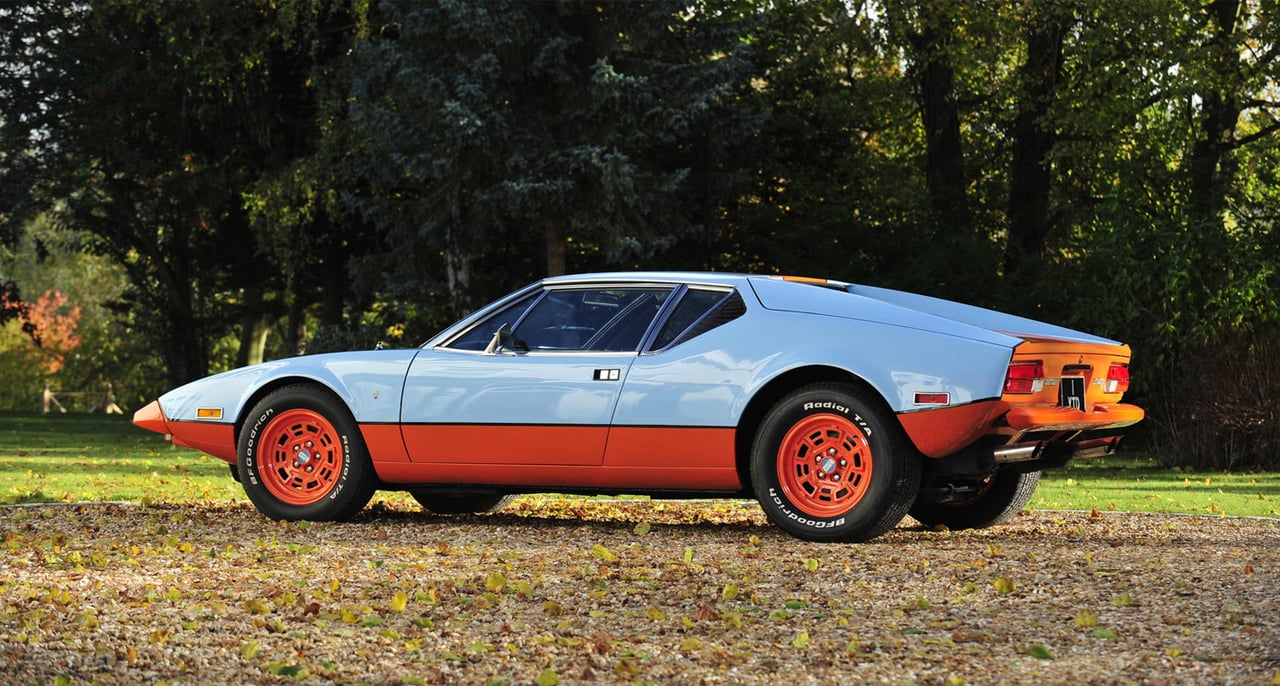
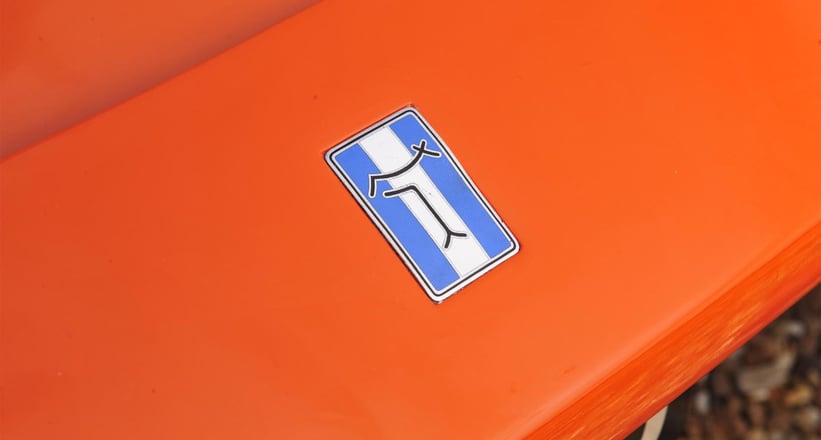

Tim wouldn’t be drawn into speculating about future values, although Frank Jacob - MD of Springbok Sportwagen in Hamburg - offered his opinion: “Of course, it depends on the overall development of the market. But should this remain stable, the prices for good examples will continue to rise, I'm sure. The Pantera provides driving pleasure at a relatively affordable price. Also, the repair costs are manageable due to the well-established American drivetrain, and the resulting availability of parts. You can perhaps imagine how much more expensive it is to maintain a Ferrari engine.
"Two years ago, I offered a Mangusta at the Techno Classica for 160,000 euros - and I was laughed at,” says Jacob. “But I sold it, and more recently Bonhams auctioned a Mangusta in original condition for nearly 250,000 euros. Personally, I would prefer the Mangusta to a Ferrari Daytona. In terms of the Pantera, I find the early European-spec cars particularly interesting, with a good example costing around 80,000 euros.”
At the races
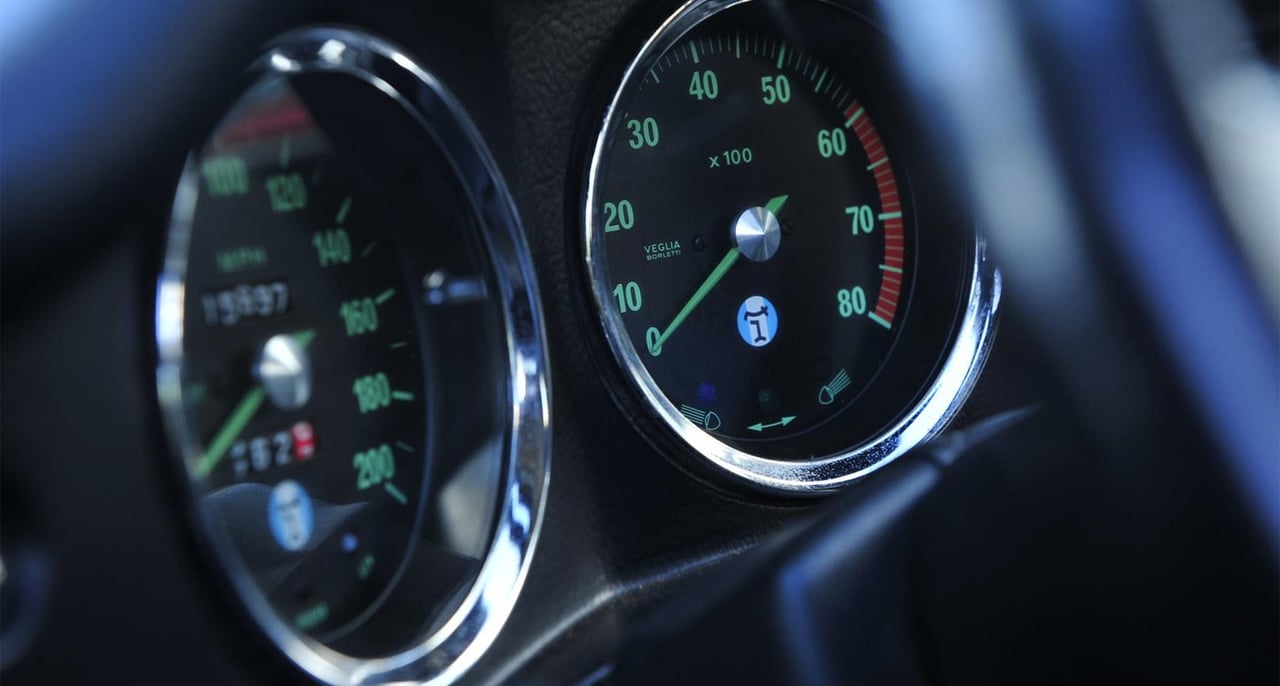
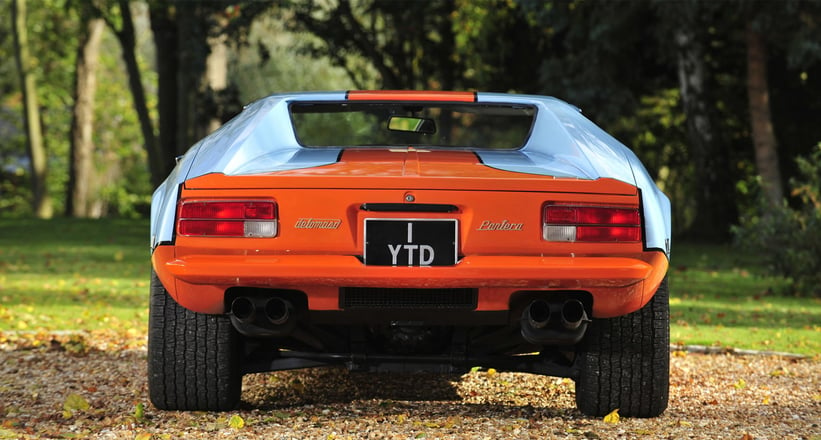
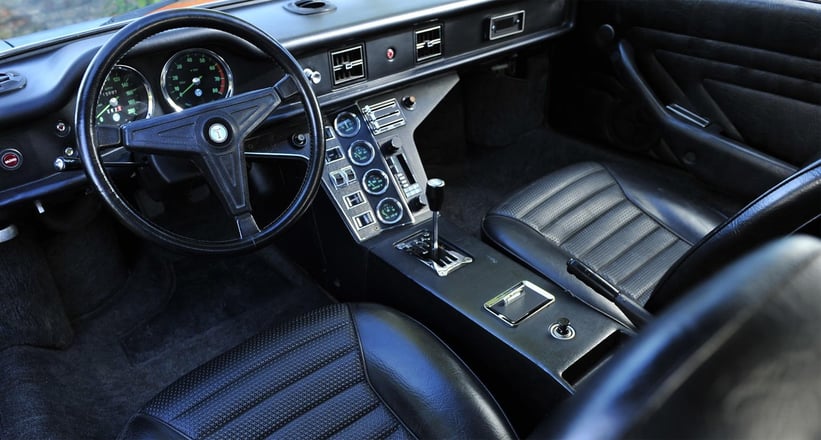
It’s worth remembering that the Pantera also has competition history, too. Jan B. Lühn - who previously worked for Christie's auction house - now specialises in such racing cars, and has a Group 4 Pantera in stock. He explains: “The Group 4 Panteras are currently undervalued in my view, as you can participate in such events as the Le Mans Classic with these cars. For a comparable Porsche (a 911 3.0 RSR), you pay almost a million euros, while a Ferrari 512 BB LM will set you back around 1.5 million euros - even a BMW M1 Procar will cost roughly double what a racing Pantera does. What’s more, you can buy a brand-new racing engine practically out of the box for around 35,000 dollars; I dread to think what the equivalent Porsche engine would cost. The Pantera is one of the few cars which allow entry into historic motorsport events and cost 120,000 euros or less.”
Considering the above, it’s easy to understand the desirability of a Pantera in road or racing format - in fact, some would say they’re even more appealing today than they were in period. We leave it for you to decide whether now is the time to buy one, but we can’t help thinking that if the Pantera sells within estimate later today, the buyer should be very pleased with himself. Very pleased indeed.
Photos: Bonhams
















